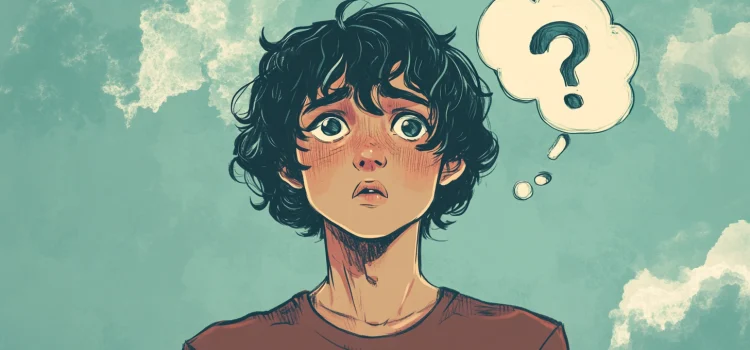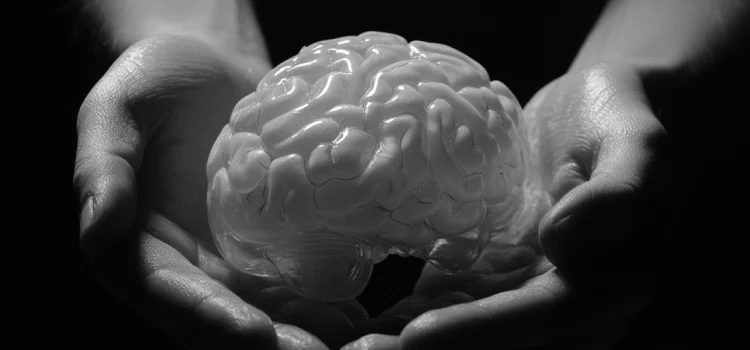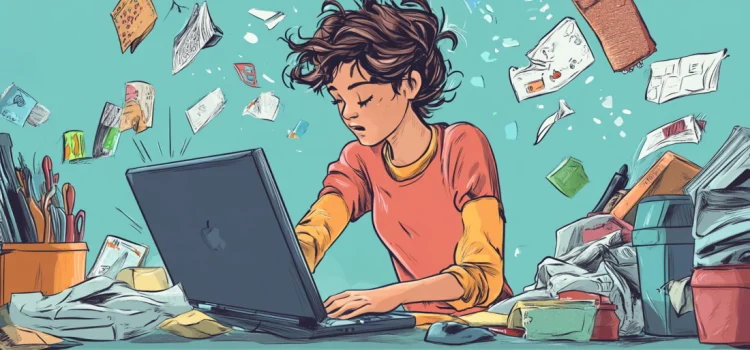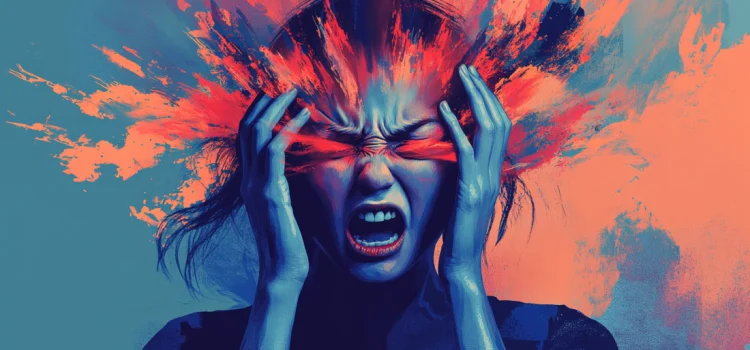Why do people with ADHD have memory issues? How can you prevent yourself from getting distracted? Phil Boissiere conveys that ADHD affects memory formation. ADHD makes it difficult for people to focus their attention consistently on the right things, and memories can only be formed when you’re paying attention. If you struggle with ADHD memory issues, keep reading for a strategy to help you stay focused.
ADHD Memory Issues: How to Avoid Getting Easily Distracted










